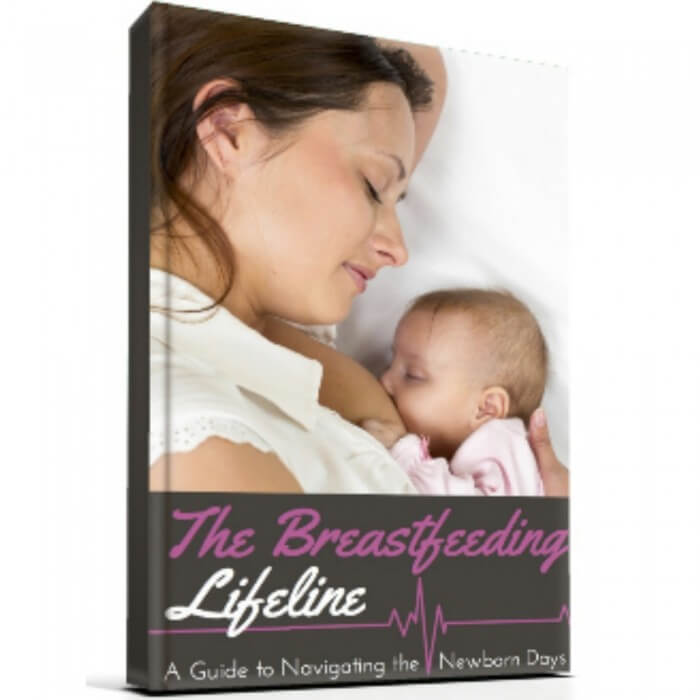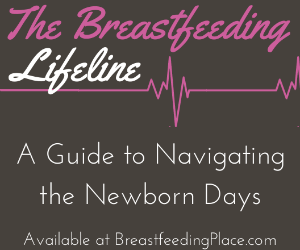It’s coming up on the summer travel season and many of you may be embarking on a trip that involves air travel. With increased security, there are so many components to breastfeeding and air travel! Take heart, it’s not as overwhelming as it may seem to fly with your nurseling.

Breastfeeding and Air Travel
TSA Screening
You may take breastmilk with you when you travel and the amount does not have to follow the 3 oz rule for other liquid items. Here are a few tips regarding the screening process at the airport:
- Allow ample extra time for additional screenings so you do not miss your flight.
- Keep breastmilk separate from your carry-on bag of liquids.
- Declare at the start of screening that you are bringing breastmilk.
- Take an extra empty container with you – sometimes TSA may ask you to open one container and transfer into another.
- You will be asked to put your milk through the x-ray machine. You may choose not to do this if you are concerned about x-ray exposure. If you decline x-ray screening, you will be asked to submit to another screening which may involve opening one container, transferring to another container, disposing of a small amount, allowing a dip-stick test, or having the container exterior swabbed.
- You may be required to have a pat-down screening as well.
TSA is generally very understanding and helpful with parents and children. I have flown 6 times in the past 7 months and have not had a negative experience. I have always declared things up front. There are, however, many widely-publicized negative experiences. To help protect yourself, print out a copy of TSA’s guidelines to carry with you in case you are questioned. You may ask to speak with a supervisor if you run into problems.
Breastfeeding on the Airplane
Each airline has their own policies regarding breastfeeding and pumping on flights. Please research your airline’s policy. Print it off and take it with you just in case of problems.
- Consider purchasing a seat for your baby and fly with the carseat. You will need a carseat upon arrival and items that are checked are handled roughly. (I watched an infant seat be thrown from the jetway onto the pavement far below – it missed the bin it was going in. The seat was just loaded in and the owner not notified that their seat was compromised and likely not safe.) Carseats from rental companies should be avoided due to unknown history and possible expiration. The FAA and each airline allows for babies to fly on parents’ laps for a certain age range (generally under age 2), but all state that it is much safer to have a dedicated seat for baby in case of turbulence or rough landing. Baby would become a projectile in those cases.
- Leave baby in the carseat as much as possible – at least while the seatbelt light is on.
- If baby’s ears are painful, nurse to relieve pressure. In my experience, it works well to have baby in the carseat during takeoff and nurse as soon as the seatbelt light is turned off.
Take baggies and extra clothes and diapers for baby. Plan on tricky diaper changes! I was more comfortable changing at my seat and quickly bagging (changing on blankets or a pad) than in the tiny bathroom. I nearly dropped my son on the floor with how he slid on that tiny toilet seat!
When There Are Problems
If you have problems with breastfeeding and air travel, here are some tips:
- Keep your cool. Getting upset will shut the process down. Anyone seen as angry may be considered a security threat.
- Refer to the written policies. If you have a smartphone, you can look up specific policies and issues plus request more information from forums dedicated to educating on travel with children.
- Speak to supervisors.
- Follow up with TSA and the airline after traveling to clear up issues and to help educate them on travel with children and ensure their employees are up to date on training.
Flying with baby may seem daunting, but if you take a little time to prepare and have policies printed and with you, it isn’t very hard at all! TSA and airlines have families flying all day every day and have streamlined ways to help you through. Safe travels!






Speak Your Mind